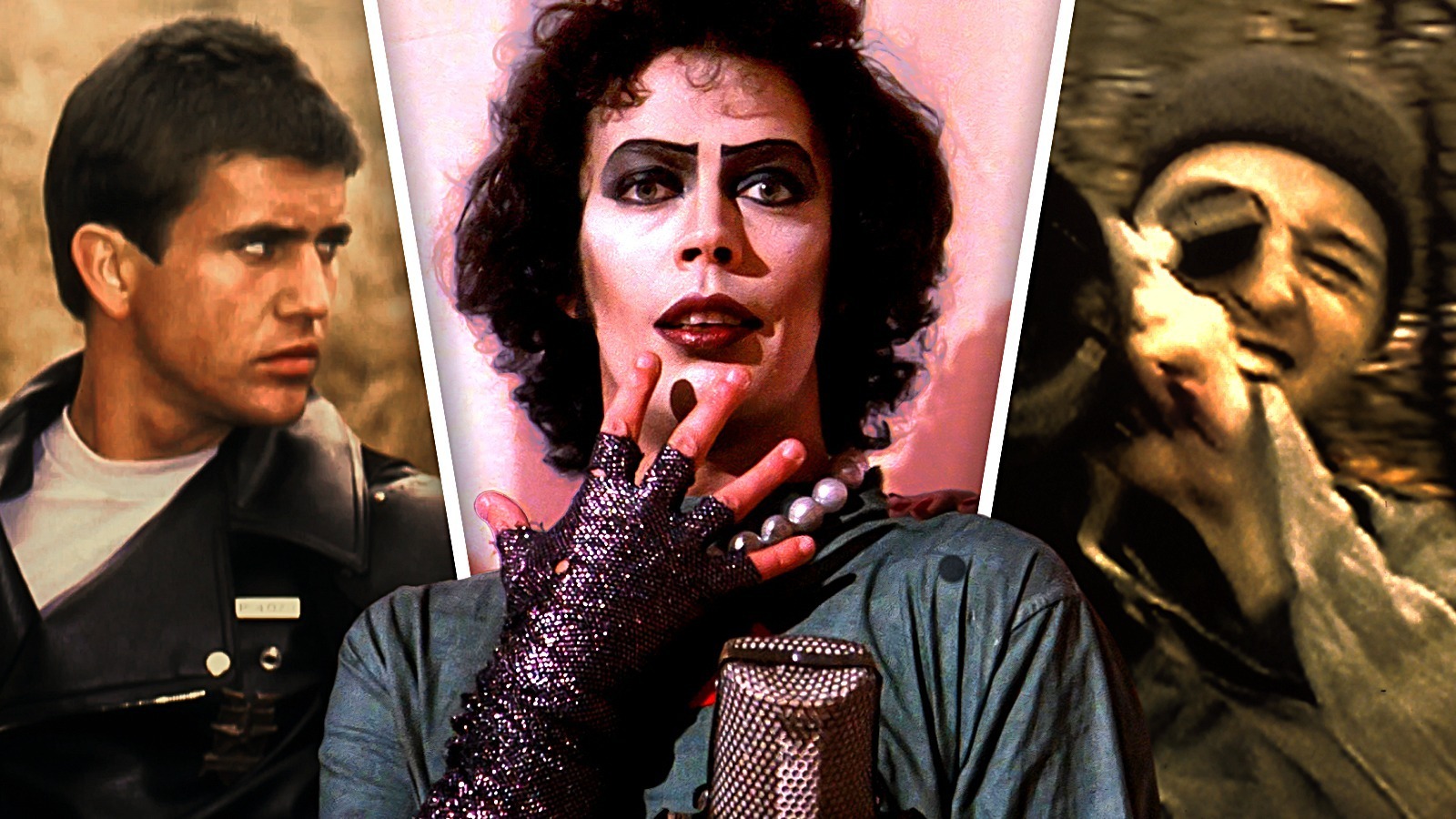
In the ever-evolving landscape of cinema, the success of a film often hinges on relative factors. While comic book franchises dominate the box office, pulling in astronomical amounts, they frequently require budgets exceeding $200 million. This trend leaves a vast expanse of films in search of the right audience and, ideally, the right budget. However, every now and then, a low-budget gem surfaces, defying the odds and achieving unexpected success. Some finds immediate recognition, while others become late bloomers. Let’s delve into some remarkable low-budget films that made waves at the box office.
“American Graffiti” (1973) marked George Lucas’s earlier foray into filmmaking before the explosion of “Star Wars.” With a modest budget of under $1 million, this film painted a nostalgic portrait of teenage life, showcasing notable talents like Harrison Ford and Ron Howard. Released in August 1973, “American Graffiti” grossed an impressive $140.5 million over the years, predominantly from U.S. audiences. Despite being overlooked today, its success paved the way for Lucas’s legendary career.
“The Rocky Horror Picture Show” (1975) stands out in cinematic history as an unconventional musical. Initially met with indifference upon its release by Fox, it gradually cultivated a fervent fan base, especially through midnight screenings starting in 1976. With a budget around $1.4 million, it has since accumulated over $115.7 million and continues to play in theaters annually, contributing to its ever-growing box office returns.
In 1976, Sylvester Stallone burst onto the scene with “Rocky,” a story of an underdog boxer that not only captivated audiences but also garnered an Oscar for Best Picture. Created on a budget of merely $1 million, it raked in a staggering $225 million internationally, giving birth to a franchise that has generated nearly $2 billion over the decades.
When George Miller introduced “Mad Max” in 1979, it was far removed from the blockbuster status of its sequels. This film, which featured Mel Gibson in a post-apocalyptic landscape, had a budget estimated at around $450,000. Nevertheless, it grossed approximately $100 million, becoming one of the most profitable films of its time and spawning a successful franchise.
Then came “Friday the 13th” (1980), a low-budget slasher film that would ignite a horror phenomenon. With a production budget of only $550,000, it managed to pull in nearly $60 million. Despite its minimal focus on the iconic Jason Voorhees, the film paved the way for numerous sequels, shaping an entire sub-genre in the process.
Fast forward to 1999, when “The Blair Witch Project” revolutionized horror with its raw found footage approach. The film, produced for just $60,000, became a cultural touchstone, generating over $248.6 million worldwide. Its marketing campaign relied heavily on word-of-mouth, making it one of the most profitable films in history, thus inspiring a wave of similar found-footage projects.
“My Big Fat Greek Wedding” (2002) took the romantic comedy genre by storm. Despite boasting no major stars and a modest $5 million budget, it quietly climbed the box office charts, ultimately grossing an astounding $374.8 million. Its success was a testament to the power of niche storytelling resonating with a broad audience.
James Wan showcased his prowess in 2010 with “Insidious,” a horror film created with a budget of $1.5 million. The story of a family confronting supernatural threats struck a chord with audiences, earning nearly $99.5 million and solidifying Wan’s reputation as a master of modern horror.
“Moonlight” (2016) made history as a Best Picture Oscar winner while demonstrating that low-budget films can achieve both critical and commercial success. Directed by Barry Jenkins, this poignant tale grossed $65 million, establishing A24 as a formidable player in the industry.
Finally, “Terrifier 2” (2022) astonished viewers with its journey from a low-budget horror sequel to a box office success. Made for only $250,000, this unnervingly gory film defied expectations by grossing over $15 million worldwide. The accomplishment highlighted its impact and paved the way for more installments in an emerging horror franchise.
These low-budget films exemplify how creativity coupled with strategic marketing can reshape the expectations surrounding film production. They remind us that sometimes the best stories come from the most unexpected places, proving that the silver screen is still an arena for surprise hits.



